 Are you a perfectionist? Get over it. It's killing your presentation. In every speech and presentation class, I tell the audience that I don't allow perfection - for two reasons:
Are you a perfectionist? Get over it. It's killing your presentation. In every speech and presentation class, I tell the audience that I don't allow perfection - for two reasons:
- You can't achieve perfection on earth so why frustrate yourself?
- Even if you could achieve it, people will resent you. Nobody likes a perfect person.
And the same is true for public speakers. Nobody can relate to a perfectly polished presenter. In fact, a public speaker who is too polished can be perceived as slick. The goal is to be human. The audience relates to your humanity, not your perfection. Yes, your presentation needs to be professional and confident. But that doesn't mean you don't trip over a word, occasionally blank out or get loud feedback noise from the microphone. It's not about a perfect presentation. It's about a confident recovery.
People who hear me speak often say, "Diane embodies her message. I learned as much by watching her on stage as I did from her content." Let me assure you that there are times when I screw up. But I make sure I recover with grace. So I'm sharing some recent bloopers as I was preparing new youtube videos. As you can see, effective public speaking and video presentations take a lot of practice. A professional video presentation requires many takes. While the finished video presentation may appear seamless, this peek behind the camera demonstrates that the process takes a lot of practice.
Now that you can see I'm not a perfect public speaker, maybe you'll stop trying to be perfect and get real!
https://www.youtube.com/watch?v=_qHuZfUOujc



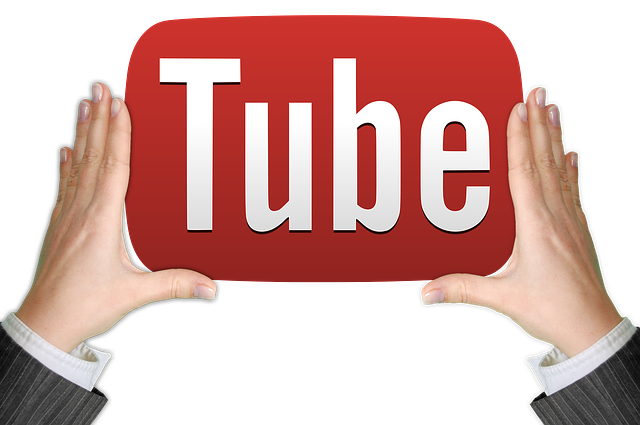 Anthrax isn't the only bacteria we need to worry about. There's a vocal virus that is sweeping the nation.
In the last few days, I've been getting more responses to a video on
Anthrax isn't the only bacteria we need to worry about. There's a vocal virus that is sweeping the nation.
In the last few days, I've been getting more responses to a video on 
 What would you say if you were asked to give a commencement address? You don't have to be famous to
What would you say if you were asked to give a commencement address? You don't have to be famous to 
 We've all been there - the racing heart, the sweating palms, the cotton mouth. Many clients call me because they're nervous or experiencing
We've all been there - the racing heart, the sweating palms, the cotton mouth. Many clients call me because they're nervous or experiencing 
 Do you need a check-up from the neck up? May is Better Speech and Hearing Month and all month I'll be sending you tips on
Do you need a check-up from the neck up? May is Better Speech and Hearing Month and all month I'll be sending you tips on 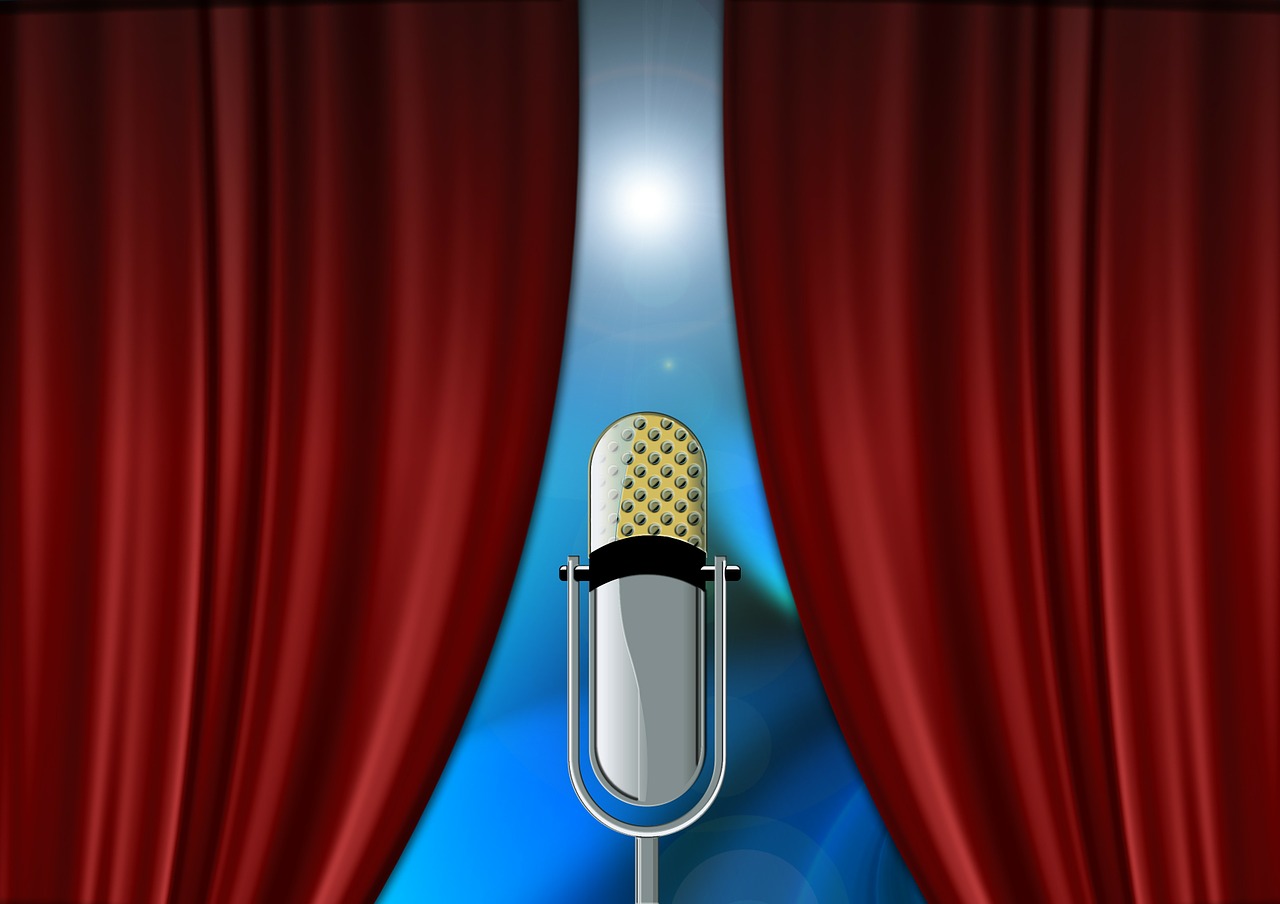 Your biggest worry isn't your presentation or your entrance. Your worst nightmare is the person who is introducing you. When the Johnny Carson show was on the air, Carson had a sidekick named Ed McMahon. His job was to introduce Johnny Carson at the beginning of the show. McMahon would say in a melodious tone, "Heeeere's Johnny!" It became his signature line as the audience would eagerly await to hear it in every show. They made a good team.
But what about your team? Who is introducing you?
Your biggest worry isn't your presentation or your entrance. Your worst nightmare is the person who is introducing you. When the Johnny Carson show was on the air, Carson had a sidekick named Ed McMahon. His job was to introduce Johnny Carson at the beginning of the show. McMahon would say in a melodious tone, "Heeeere's Johnny!" It became his signature line as the audience would eagerly await to hear it in every show. They made a good team.
But what about your team? Who is introducing you?
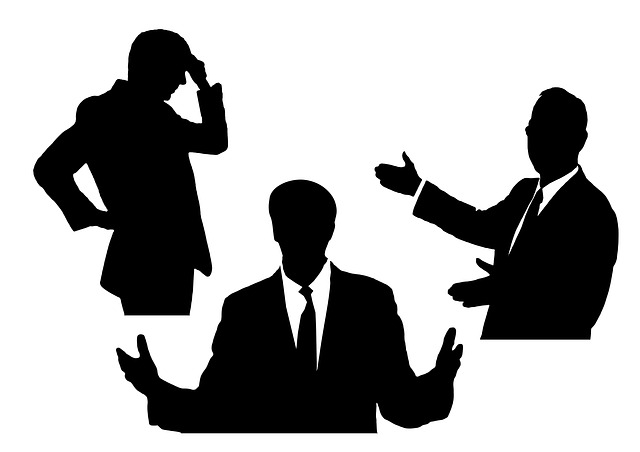 What's more important? Style or Substance? Sizzle or Steak? I ask this question in my public speaking and
What's more important? Style or Substance? Sizzle or Steak? I ask this question in my public speaking and ![By Wikimania2009 Beatrice Murch (originally posted to Flickr as Audience) [CC BY 2.0 or CC BY 3.0], via Wikimedia Commons](http://static1.squarespace.com/static/584471bcd2b857fe8823846d/584aee108eaa8960076ec201/584aee288eaa8960076ec54a/1481305640928/Audience_-_Stallmans_pre-Wikimania_2009_talk_-_Wikimania_2009.jpg?format=original) Does your
Does your 

 What does Valentine's Day have to do with
What does Valentine's Day have to do with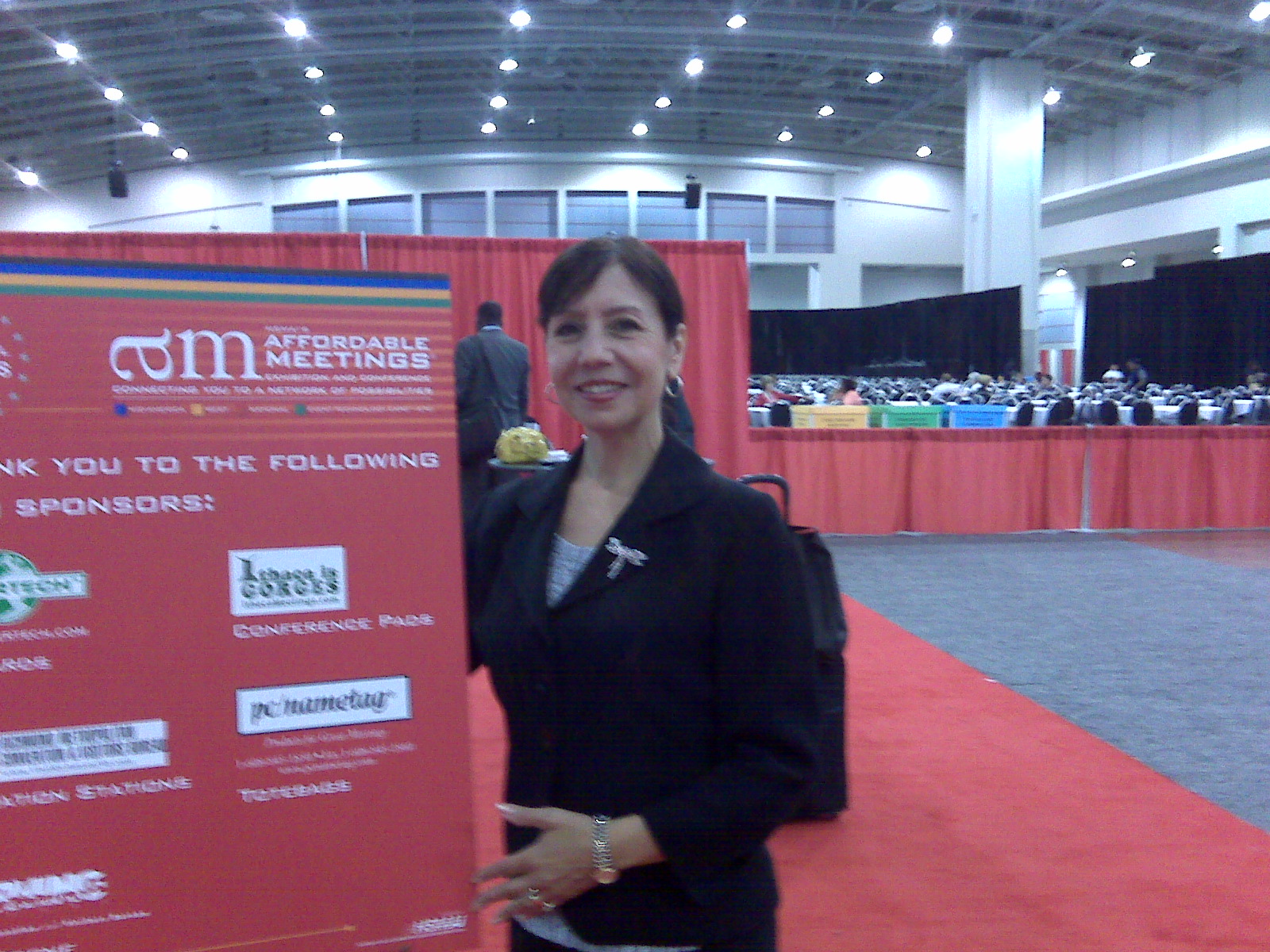 When I first started out as a stand up trainer working with sales groups, I heard a piece of advice. The senior facilitator told me that sales people “don’t
When I first started out as a stand up trainer working with sales groups, I heard a piece of advice. The senior facilitator told me that sales people “don’t  It's January 15th. Have you broken your resolutions already? In 2015, the bar has been raised. The world is watching
It's January 15th. Have you broken your resolutions already? In 2015, the bar has been raised. The world is watching 
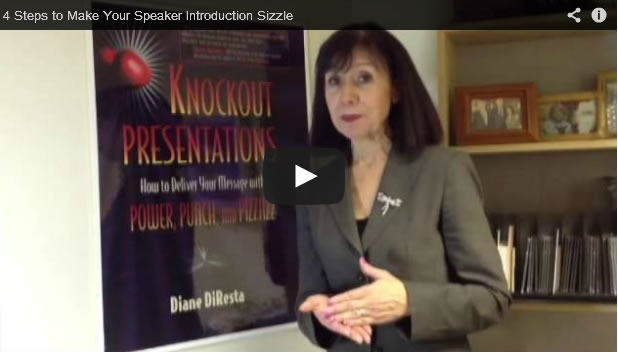 If you've ever had someone introduce you before your talk, you know how that person can make or break your presentation. The introducer is your warm-up act and sets the tone. A dispassionate presenter can take the energy out of the room and put a damper on the event. A good introduction gets the audience ready to receive you and your message.
So how does an introduction set you up for success? Watch this video and learn a 4 step process for giving a winning speaker introduction.
If you've ever had someone introduce you before your talk, you know how that person can make or break your presentation. The introducer is your warm-up act and sets the tone. A dispassionate presenter can take the energy out of the room and put a damper on the event. A good introduction gets the audience ready to receive you and your message.
So how does an introduction set you up for success? Watch this video and learn a 4 step process for giving a winning speaker introduction.
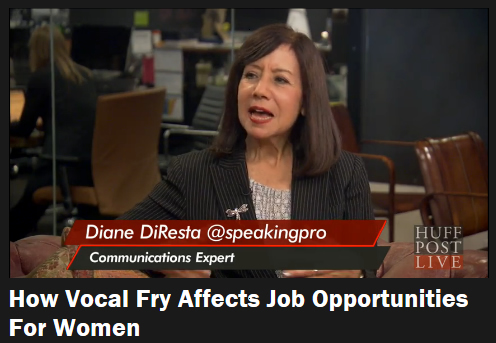 Does your voice crackle like bacon? You may have
Does your voice crackle like bacon? You may have